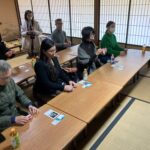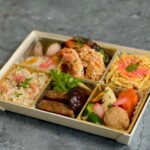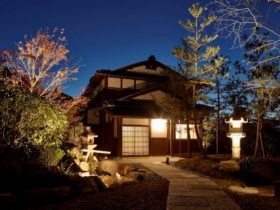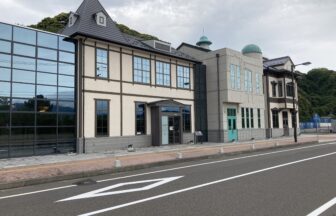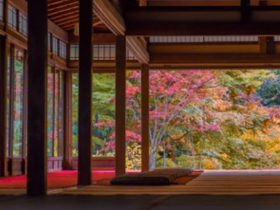The Miso Soup Tasting Experience, which utilizes fermented foods that Japan prides itself on, as well as the development of miso tourism and the introduction of global sales, was a very challenging experience to develop, but through the initial familiarization trip, various issues came to the fore. The fermentation culture is unique to Japan, and as is often discussed in recent regional and industrial issues such as decarbonization and the circular economy, there is no time to spare in dealing with food loss. Miso has been sold by weight for a long time, but I think most people have never had the experience of selling miso by weight, so we are considering a miso experience as the final form that will enable this.
We are not just talking about eating miso alone, but about what kind of service we can provide by using a combination of the two. The representative word is “MISOKATSU”, which means “miso” in Japanese. Tanaka Tokubei Shoten, who will be providing us with this miso, started out making miso several hundred years ago and now focuses on selling miso, and we have jointly developed this business in Kawaguchi-city in cooperation with them.

We were able to utilize the former Tanaka family residence, which has been lived in by Mr. Tanaka’s family for generations and has now been donated to Kawaguchi City, to conduct a demonstration experiment of the miso experience. There is a tea ceremony room and a Japanese garden. The current head of the family told us about the history of the former Tanaka family residence, which is now a cultural asset, as well as about the making of miso. It is a very old residence with a lot to see. After that, we borrowed this tea room to conduct our demonstration experiment.

The current tea room was once a miso warehouse, but miso brewing itself is no longer a business, and the room has been converted into a tea room. We had 9 different kinds of miso tasting and miso soup tasting at the tea ceremony room, and we asked the guests to taste the miso itself and how it would taste in soup form. What would it taste like in soup form? The first thing people said was that not even Japanese people have experienced miso tasting or miso soup tasting before. I think it would be a very rare experience for foreigners, and I would like to make it a regular event. In the intermission, Mr. Oscar, who is famous for his NHK program, served Sayama green tea, which was tasted, and we were able to get some sympathy for the inclusion of Japanese tea. I was able to share the experience of tasting miso alone with the group.

We wanted to make sure that participants could enjoy not only the tasting, but also the experience of making their own miso balls and putting them in a box to take home with them. It’s an actual experience of making miso balls. You should really choose your favorite kind, but this time we did 9 kinds. We also prepared the dried ingredients, and the participants made the miso balls by themselves. You can make miso balls on the day of the event, but we would like you to eat or drink them as miso soup the next day or later. As you can see, it’s a very playful experience, and since the miso is made of a solid material, it will look great no matter what you do with it. I am also working on my own miso ball NFT project, which I hope will lead to the creation of a modern industry.

Miso is a fermentation culture, but we also combined it with a program of calligraphy, another Japanese culture, and had a calligrapher teach us how to write words of our choice in calligraphy on the back of the boxes, an experience that was more popular than we expected.
We believe that this experience will be a great way to learn more about Japanese culture, such as learning about miso, calligraphy, and tea, so we were able to make this a familiarization trip that was like having three tastes in one.
We prepared 9 kinds of miso this time, and actually, it was unexpectedly difficult to prepare 9 kinds of miso properly. So there really are differences in miso. There are hundreds of varieties of miso, so it is impossible to fully experience them all in one day, but being able to talk about miso makes you feel wise, and we will work even harder now to make this program a top choice for both Japanese and foreigners. That is what we looking forward to.



